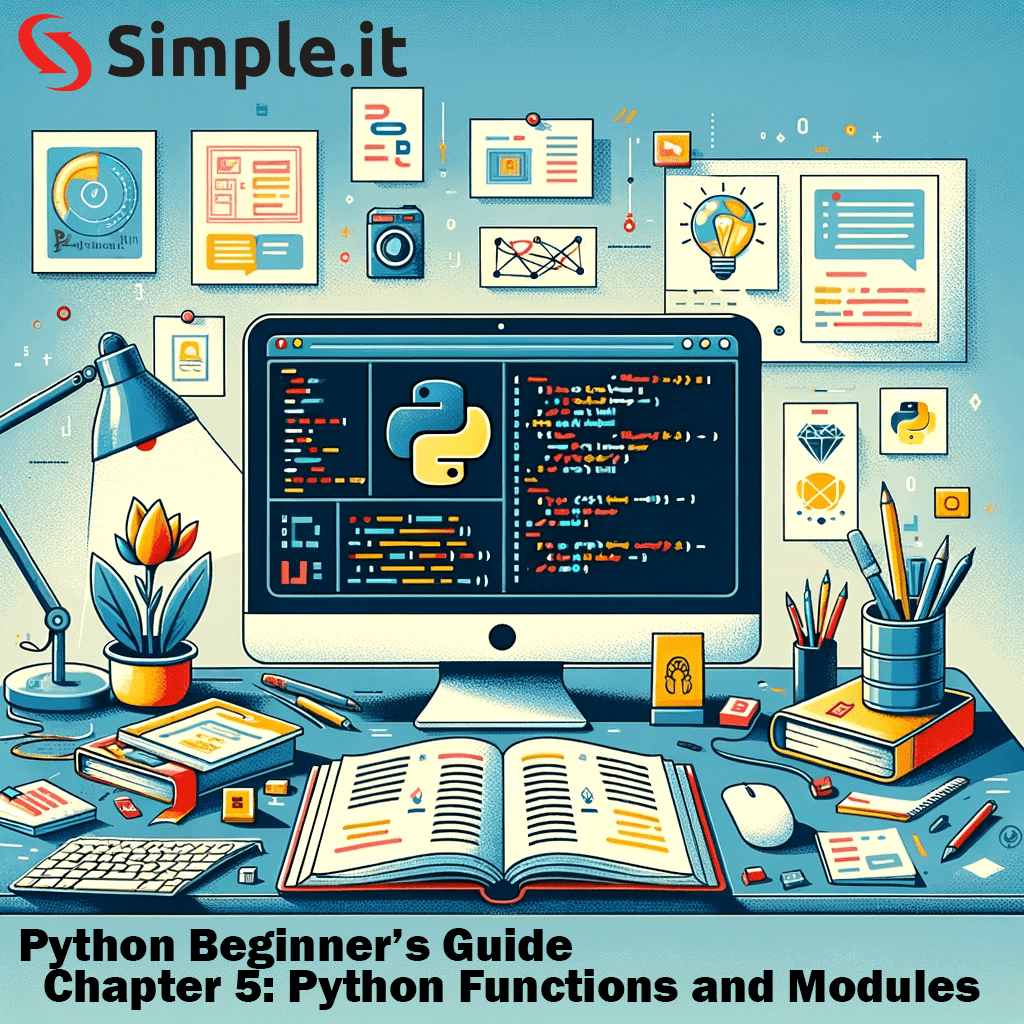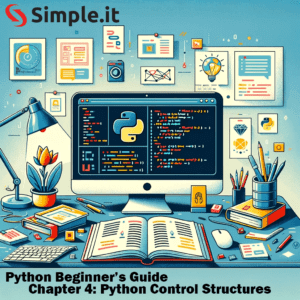In Python, functions and modules are fundamental concepts that enhance the modularity and reusability of code. For beginners, understanding these concepts is crucial for writing efficient and organized programs. This article introduces Python functions and modules, explaining how to define and use them effectively.
Python Functions and Modules
Understanding Python Functions
A function in Python is a block of reusable code designed to perform a specific task. Functions help break down complex programming tasks into smaller, manageable parts, and they can be called multiple times within a program or even in other programs.
Defining Python Functions
To define a function in Python, you use the def keyword, followed by the function name and parentheses.
Syntax:
def my_function():
# function body
passCalling Functions
After defining a function, you can call it from another part of your code.
Example:
def greet(name):
print("Hello, " + name)
greet("Alice")Python Functions Parameters and Return Values
Passing parameters to a function and getting results back is a fundamental concept in Python programming. It allows you to write functions that can perform operations with different values and return results. Here’s how it works:
Defining a Python Function with Parameters
When you define a function, you specify parameters in the parentheses following the function name. These parameters act as placeholders for the values (arguments) that will be passed to the function when it’s called.
Example:
def add_numbers(a, b):
return a + bIn this example, a and b are parameters of the function add_numbers.
Calling a Function with Arguments
When you call the function, you provide the arguments (actual values) for these parameters.
Example:
result = add_numbers(5, 3)
print(result) # Output: 8Here, 5 and 3 are arguments passed to the add_numbers function.
Returning Results from a Function
Functions can return results to the point where they are called using the return statement. The return statement exits a function and optionally passes an expression back to the caller.
Example:
def multiply_numbers(x, y):
result = x * y
return resultHere, multiply_numbers returns the product of x and y.
Types of Function Parameters
- Positional Parameters: These are mandatory and have no default values. Their values are based on their positions in the function call.
- Keyword Arguments: When calling a function, you can specify arguments by the name of their corresponding parameters, regardless of their order. Example:
def greet(first_name, last_name):
print(f"Hello, {first_name} {last_name}")
greet(last_name="Doe", first_name="John")- Default Parameters: You can provide default values to parameters. If no argument is passed, the function uses the default value. Example:
def greet(name="World"):
print(f"Hello, {name}")
greet() # Uses default value "World"
greet("Python") # Overrides default value with "Python"- Variable-length Arguments:
- Arbitrary Positional Arguments (
*args): Allows you to pass a variable number of positional arguments. - Arbitrary Keyword Arguments (
**kwargs): Allows you to pass a variable number of keyword arguments. Example:
def func(*args, **kwargs):
print(args) # A tuple of positional arguments
print(kwargs) # A dictionary of keyword argumentsUnderstanding how to define functions with parameters, pass arguments, and return results is essential for writing flexible and reusable code in Python. By mastering these concepts, you can create functions that are adaptable to various data inputs and can be integrated into larger programs effectively.
Python Modules
Modules in Python are simply files containing Python code that can define functions, classes, and variables. Modules are instrumental in organizing code and reusing it across different programs.
Creating a Module
To create a module, save your code in a .py file. For example, mymodule.py.
Using Modules
You can use the functions or variables defined in a module by importing it into another Python script or interactive session.
Example:
# Assume we have a module named mymodule.py with a function called greet()
import mymodule
mymodule.greet("Alice")Python Methods
A method in Python is similar to a function but is associated with an object. In object-oriented programming, methods are key to acting on object data.
Example of a Method:
class MyClass:
def my_method(self):
print("This is a method of MyClass")
obj = MyClass()
obj.my_method()Best Practices and Resources
- Modular Code: Use functions and modules to write modular code that is easier to test and maintain.
- Documentation: For in-depth understanding, refer to the official Python documentation.
- Python Beginner’s Guide: For a structured learning path, visit our Python Beginner’s Guide.
- Explore More: Dive deeper into programming concepts on our programming section.
Conclusion
Functions and modules are at the heart of Python programming. They help in organizing code, making it more readable, reusable, and maintainable. By mastering functions and modules, you can build more complex and efficient Python applications, a crucial step in your journey as a Python programmer.



